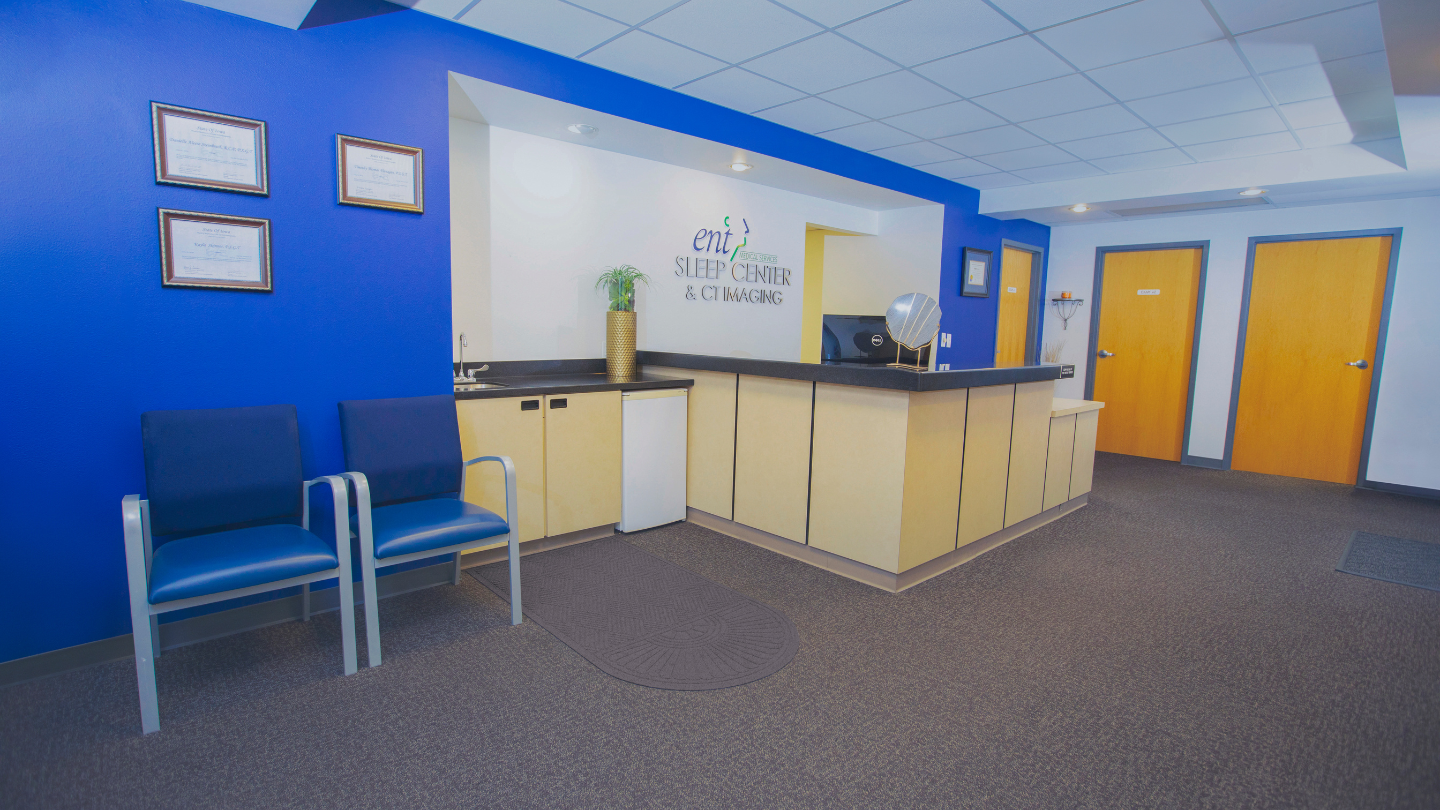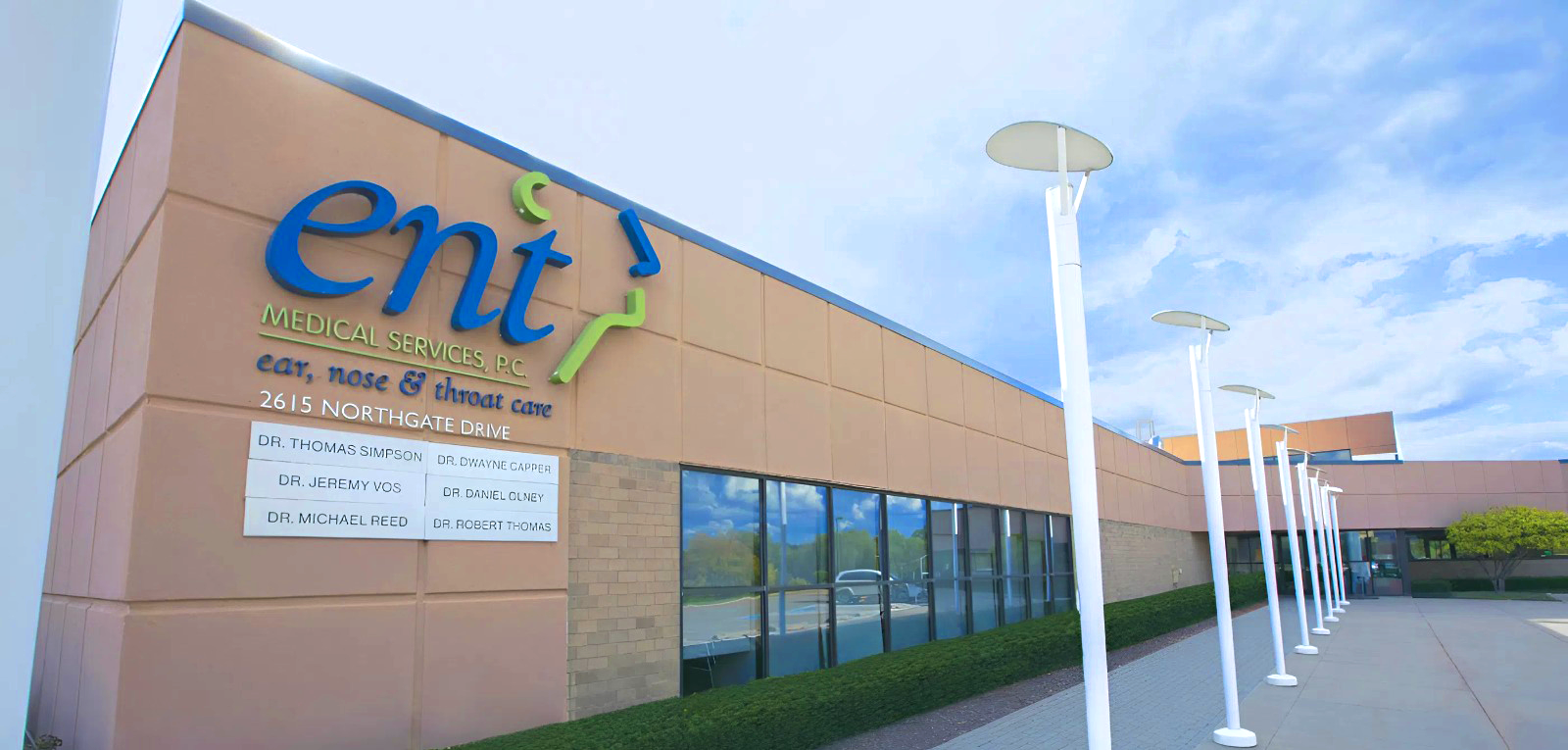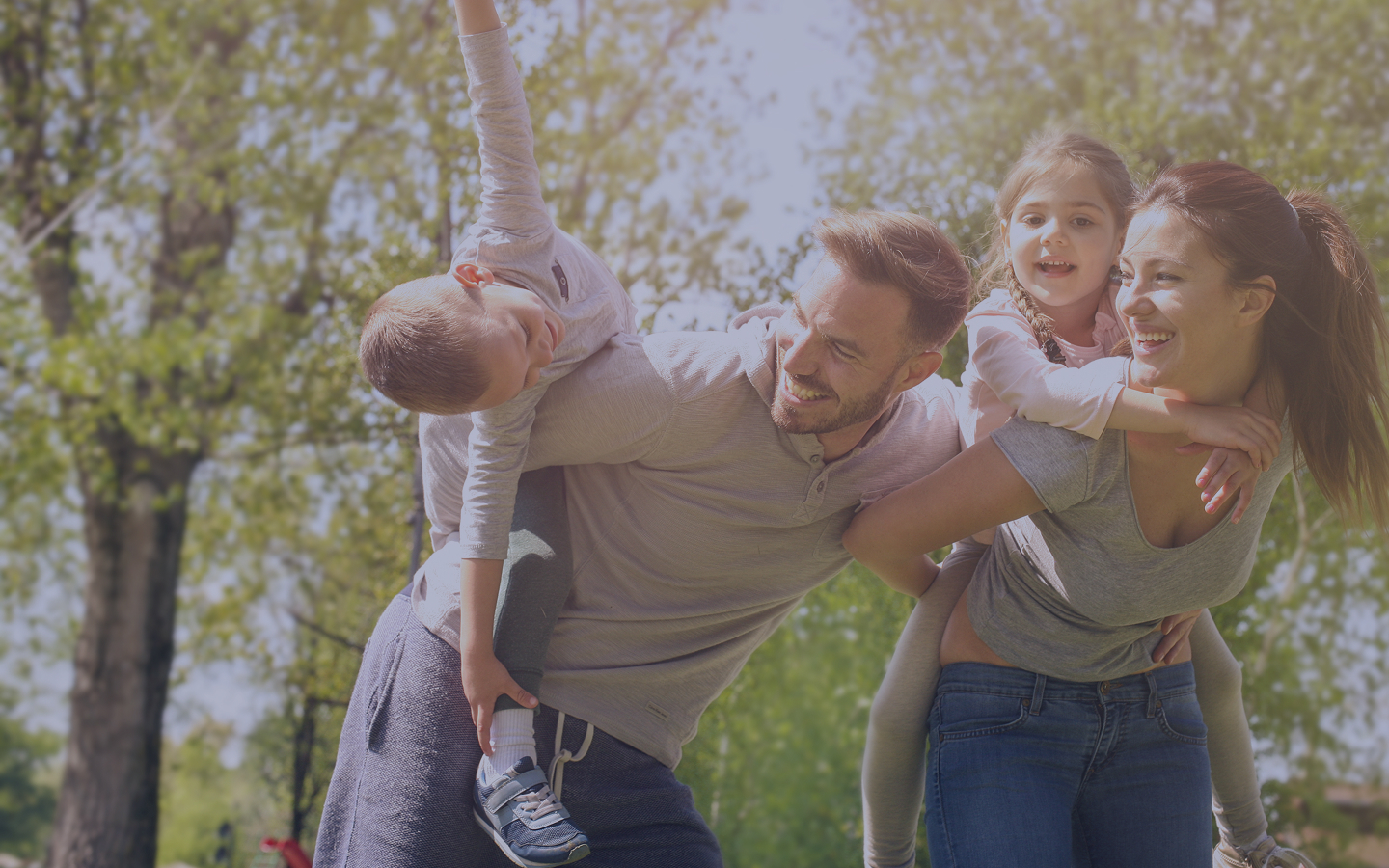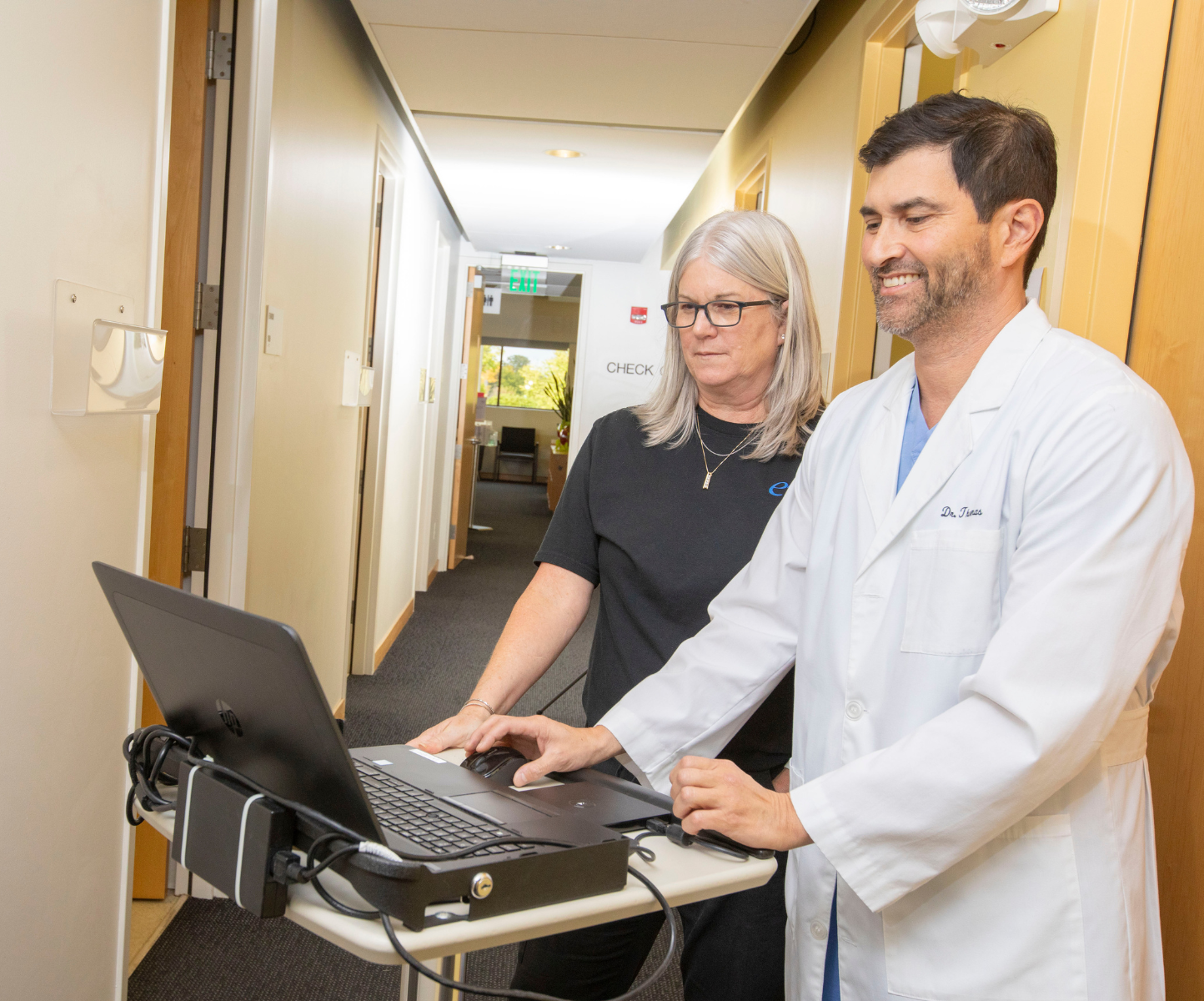ENT Sleep Center
Common Sleep Disorders
SLEEP APNEA
Sleep apnea occurs when breathing is disrupted due to a loss of muscle tone during sleep. Choking, gasping, snoring, and absence of breathing are all evidence of this serious medical condition. Sleep apnea has been linked to high blood pressure, diabetes, heart attack and stroke. This condition is often easily treatable. Commonly, the first choice in treatment is CPAP which uses positive pressure allowing normal respiration during sleep.
In many cases, sleep apnea in children shows up differently than symptoms found in adults. Excessive sleepiness seen in adults is often absent in children while developmental, behavioral, and learning issues are often present. If you notice snoring, or frequent pauses in your child’s breathing during sleep, consult a physician. Pediatric sleep apnea can often be treated by a tonsillectomy.
If you suffer from Central Sleep Apnea, we offer treatment options such as ASV and remedē.
INSOMNIA
Insomnia is one of the most common sleep complaints. It is the inability to fall asleep or maintain sleep when given adequate opportunity. Insomnia may be caused, or worsened, by a variety of physical and/or psychological problems.
NARCOLEPSY
Narcolepsy is a condition in which excessive sleepiness, or the irrepressible need to sleep, occurs during the daytime regardless of the amount of sleep a person routinely gets. Some people experience sleep paralysis upon awakening, cataplexy (a type of paralysis brought on by strong emotion), and vivid dreams.
RESTLESS LEG SYNDROME
Restless leg syndrome occurs when people experience an urge to move their legs when at rest. This is usually accompanied by unpleasant sensations such as crawling and burning.
PERIODIC LIMB MOVEMENT
Periodic limb movement is a predominately rhythmic movement disorder of the legs, such as twitching and kicking, that can involve upper extremities at times. The patient is often unaware of these movements, which can vary significantly in frequency from night to night. Some people who suffer from this disorder complain of excessive daytime sleepiness and awaken feeling unrefreshed in the morning.
NIGHT TERRORS
Night terrors (or pavor nocturnus) generally develop in children who are between 4 to 12 years of age with episodes typically occurring during the first half of the night. The episodes may be brief or can last up to 30-40 minutes.
Night terrors are often accompanied by a cry or piercing scream and behavioral manifestations of intense fear. Common findings are increased heart rate, increased respiration, flushing of the skin, sweating, and incoherent vocalizations. The patient will normally sit up and will be unresponsive to external stimuli. If awakened, the patient can be confused and disoriented. Bolting out of bed and running has been reported in some instances, which may require medical intervention.
While night terrors can be frightening, most cases of these episodes are benign, rare in adults, and are usually resolved by early adolescence. Unless sleep terrors occur frequently, or if there is the possibility for self-harm, treatment is often not necessary.
What is a Sleep Center?
ENT Medical Services Sleep Center is an independent clinic accredited by the American Academy of Sleep Medicine. Our mission is to improve the quality of your sleep. We accomplish this by providing state of the art diagnostic testing and treatment options in a comfortable setting. Our experienced staff will strive to improve the overall sleep quality and health of all our patients by providing compassionate care in a professional manner.
Our sleep disorder center is under the medical direction of Dr. Robert Thomas, an ENT physician who specializes in sleep medicine. The clinic is staffed by technologists who are trained to study and evaluate people during periods of sleep. These studies are employed by the physician to diagnose the nature of the sleep disorder.
What is a Polysomnogram?
A polysomnogram is a comprehensive, all night testing procedure. Electrodes and sensors are attached to the patient’s head, chest, abdomen, and legs to continuously record brain activity, various types of muscle activity, eye movements, heart rate and rhythm, breathing, and oxygen saturation.
A MSLT (Multiple Sleep Latency Test) or MWT (Maintenance of Wakefulness Test) may be scheduled after the overnight sleep study. These tests use an abbreviated version of the full polysomnogram and are performed the following day. A MSLT is used to diagnose excessive sleepiness or narcolepsy during 4 or 5 nap opportunities. The MWT documents the ability to stay awake while sitting in a dimly lit room.
What is a Home Sleep Apnea Test?
A home sleep apnea test is a small portable device capable of estimating sleep apnea with a very limited number of sensors. The patient will be asked to come to the Sleep Center before 3:00pm. A technologist will introduce the patient to the testing device and demonstrate how the sensors are to be applied.
Your Sleep Study: What to expect?
How to prepare for your sleep study?
- Hair should be clean and dry.
- Avoid napping (arrive sleepy).
- Eat as you normally would.
What to bring to your sleep study?
- Comfortable clothing. Clothing that is not only comfortable to sleep in, but also clothing that will feel comfortable during the setup procedure with the technician.
- Your own pillow. While we supply pillows, some sleep best with their personal pillow.
- Current medications. Please bring with you any medications you are currently taking.
- Sleep pill. If your physician prescribed a sleeping pill, please bring this with you. DO NOT TAKE THE SLEEPING PILL UNTIL ADVISED BY THE TECHNICIAN.
- Items you will need to prepare yourself for sleep and upon awakening.
- Documents pertaining to your study, like the questionnaire form, should be completed and brought with you to your study.
- ENT Sleep Center paperwork.
What to expect the morning after your sleep study?
- Your technician will be waking you at 5:15am.
- You may need accompaniment after the test if you have problems staying awake while driving.
- Most people can return to work or resume their normal routine.
Please call the Sleep Center if:
- You take medications that make you drowsy or keep you awake.
- You need to arrive later or leave earlier than planned.
- You need to reschedule or cancel your appointment.
Are you getting enough sleep?
Sleep is different for everyone. See nightly sleeping recommendations below:
- Adults: 7-9 hours
- Teens (13-18y): 8-10 hours
- 6-12y: 9-12 hours
- 3-5y: 10-13 hours
- 1-2y: 11-14 hours
- Babies (4m-1y): 12-16 hours
- Newborn sleep varies widely.
If you feel your child is sleeping too much or too little it may indicate an underlying health problem and should be discussed with their physician.
There are also circadian rhythm disorders which commonly affect teens (late to bed sleep cycle) and older people (early to bed sleep cycle).
How are you sleeping?
The things you do during the day and, especially, before bed impact your sleep. Here are a few recommendations from the American Academy of Sleep Medicine along the path to better sleep:
- Set a consistent sleep schedule with the same rise time every day.
- Schedule a bedtime that provides at least 7-8hrs of sleep time.
- Establish a routine that helps you relax before bed.
- Limit bright light in the evening.
- Keep the bedroom dark, quiet and cool.
- Turn off electronic devices at least 30 minutes before bed.
- Do not eat late.
- Stop caffeine intake in the early afternoon.
- Reduce fluid intake before bed.



